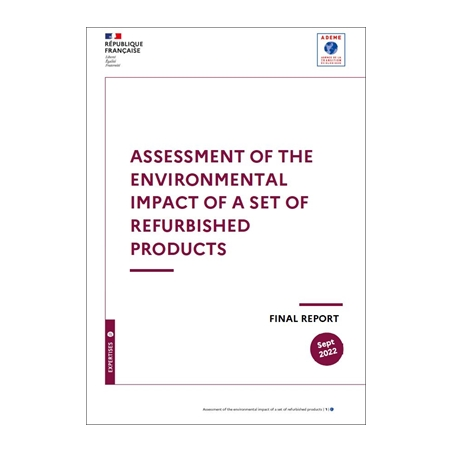ADEME commissioned a study to establish the environmental balances of refurbished digital equipment compared to their new equivalents, over their entire life cycles.
This shows that buying refurbished equipment rather than new one avoids (excluding ionizing radiation):
- Smartphones: 87 to 64% annual impact
- Tablet: 46 to 80% annual impact
- Laptop: 43 to 97% annual impact
- Fixed computer: 43 to 97% annual impact
Within the sector, we observe significant variations in impact ranging from a factor of 2 to 11, due to varied practices concerning:
- Life extension
- Adding new accessories
- The change of parts systematized or not
- Use of second-hand parts
- The volume of the packaging and the materials constituting it
- The supply market (France, Europe, Asia, United Arab Emirates, US)
- The place of reconditioning
The lifespan of equipment is a major contributor to its impacts. Ideally, reconditioning should take place at the end of the first life of the equipment (smartphones/tablets: 3 years, PC: 4/5 years), and the second user should keep it for as long as possible.
In order to maximize the avoidance of impact allowed by refurbished, several good practices for users, refurbishers, platforms and legislators are proposed in the study.
